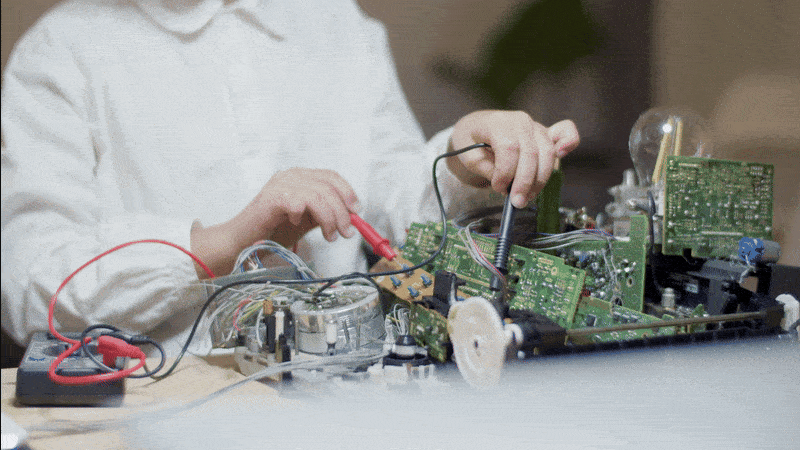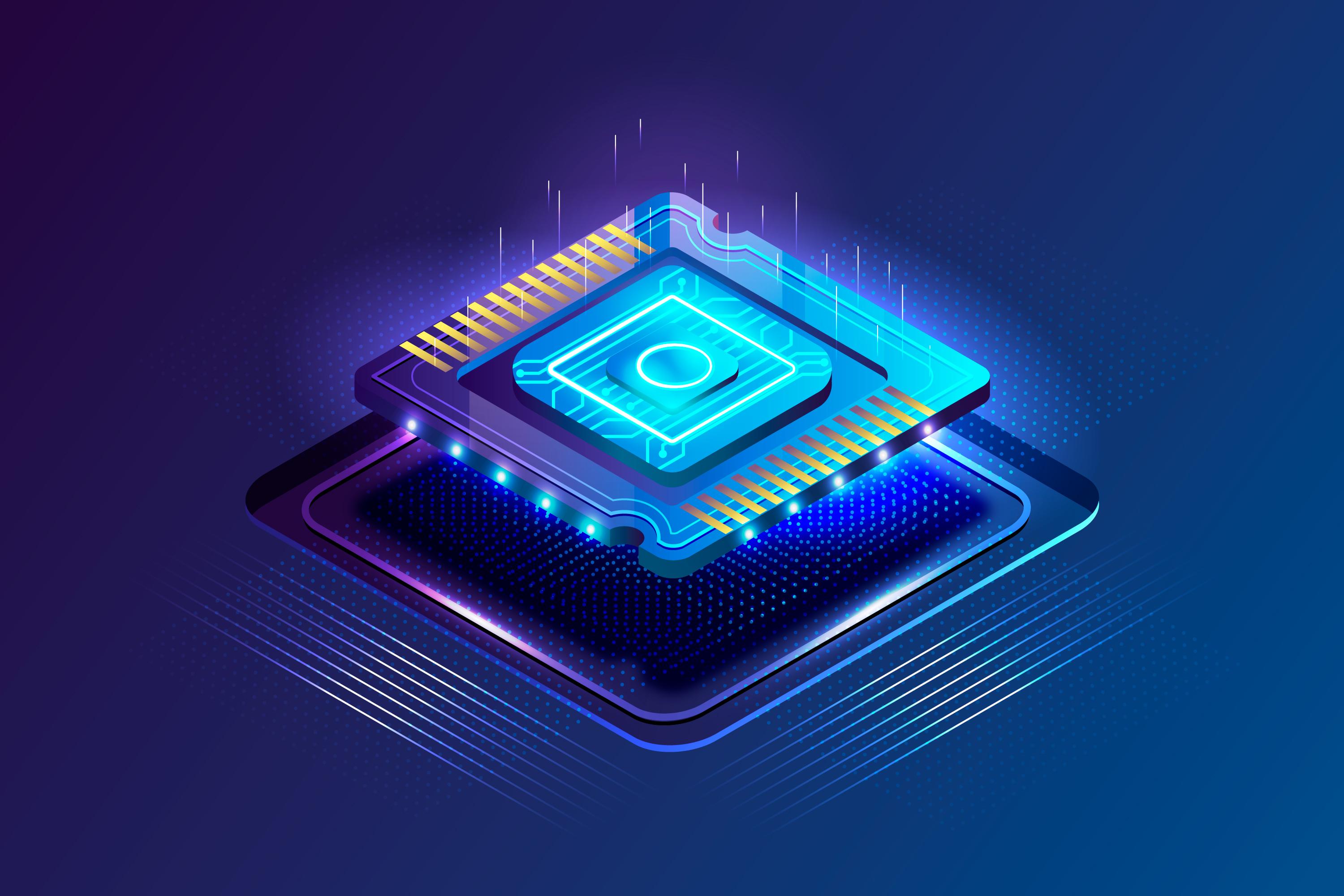Introduction:
In the rapidly evolving
world of networking and telecommunications, Ethernet engineers play a
pivotal role in designing, implementing, and maintaining Ethernet-based
systems. Ethernet, a widely used networking technology, forms the backbone of
local area networks (LANs) and is essential for interconnecting devices within
organizations and across the internet. If you're considering a career as an Ethernet
engineer, this blog will guide you through job opportunities in this field
and highlight crucial interview questions to help you prepare for success.
Job
Opportunities for Ethernet Engineers
1. Network Engineer
As an Ethernet specialist
Network Engineer, you'll play a key role in the design, implementation, and
management of Ethernet-based networks. This position is crucial for maintaining
smooth connectivity and effective data transmission within organizations. Ethernet
jobs responsibilities involve configuring network devices like routers,
switches, and firewalls to enhance network performance and ensure reliability. Network
Engineers in this role are tasked with diagnosing network problems,
analyzing performance, and enforcing security protocols.
In addition to technical
skills, network engineers collaborate closely with cross-functional teams to
understand business requirements and translate them into network solutions.
They play a vital role in scaling networks to accommodate growth and integrating
new technologies to enhance network capabilities.
2. Systems Engineer
Ethernet jobs for Systems Engineers
involve integrating Ethernet technology into comprehensive IT infrastructures
to meet organizational objectives. These roles focus on designing and
implementing network architectures that prioritize scalability, security, and
reliability. Systems Engineers collaborate closely with network engineers and
software developers to seamlessly integrate Ethernet-based systems with
existing platforms and applications, ensuring cohesive operations across the IT
landscape.
In addition to network
design, Systems Engineers evaluate emerging Ethernet standards and technologies
to optimize network performance and adapt to evolving business requirements.
They oversee system upgrades, migrations, and troubleshooting efforts to maintain
operational efficiency.
A Systems Engineer
requires a comprehensive understanding of networking concepts, server
infrastructure, and virtualization technologies. Strong problem-solving skills,
attention to detail, and the ability to communicate complex technical concepts
to non-technical stakeholders are critical for success in this role.
3. Systems Engineer
Systems engineers
specializing in Ethernet technology play a crucial role in designing and
implementing network architectures that align with organizational objectives.
These professionals possess a comprehensive understanding of Ethernet
protocols, network topologies, and integration with other IT systems. As a
systems engineer, you'll collaborate closely with stakeholders to assess
network requirements, design scalable solutions, and ensure optimal performance
and security.
One key responsibility of
a systems engineer is evaluating emerging Ethernet standards and technologies
to enhance network capabilities. This includes assessing factors like bandwidth
requirements, network segmentation using VLANs, and implementing Quality of
Service (QoS) policies to prioritize critical traffic .Systems engineers also
contribute to network optimization by fine-tuning configurations, implementing
redundancy strategies, and conducting performance testing.
4. Ethernet Specialist
Ethernet specialists are
highly skilled professionals in Ethernet technology, possessing deep expertise
in protocols, configurations, and troubleshooting methods. They are dedicated
to resolving intricate network issues and enhancing Ethernet-based solutions
for optimal efficiency and reliability within the realm of ethernet jobs.
As an Ethernet specialist,
your responsibilities may include fine-tuning network configurations, analyzing
performance metrics, and implementing advanced features like Link Aggregation
(LAG) or Virtual Routing and Forwarding (VRF). Ethernet specialists collaborate
closely with network engineers and IT teams to ensure seamless integration of
Ethernet technology within organizational infrastructures.
To thrive in this role,
continuous learning and hands-on experience with Ethernet equipment are
essential. Ethernet specialists often pursue advanced certifications, such as
CCNP (Cisco Certified Network Professional) or equivalent vendor-specific
credentials, to deepen their expertise and stay abreast of evolving
technologies.
Important
Interview Questions for Ethernet Engineering Roles
Preparing for an interview
as an Ethernet engineer requires familiarity with networking concepts,
protocols, and practical experience with network devices. Here are detailed
explanations for some key interview questions:
1. What is Ethernet? How
does it differ from other networking technologies like Wi-Fi?
Ethernet is a widely used
networking technology for local area networks (LANs) that uses wired
connections, typically over twisted-pair or fiber optic cables. It operates on
the data link layer (Layer 2) of the OSI model and uses CSMA/CD (Carrier Sense
Multiple Access with Collision Detection) for media access control. Ethernet
provides reliable and secure connections suitable for high-speed data
transmission, whereas Wi-Fi is a wireless networking technology that allows
devices to connect to a network without physical cables.
2. Can you explain the
difference between half-duplex and full-duplex Ethernet? When would you use
each?
In Ethernet interview
questions, it's important to understand the distinction between half-duplex
and full-duplex Ethernet communication. Half-duplex allows communication in
both directions but not simultaneously, making it suitable for low network
traffic environments or where cost is a consideration. On the other hand,
full-duplex Ethernet enables simultaneous bidirectional communication, which is
preferred for high-speed and reliable data transmission between network devices
such as switches and routers. Understanding these concepts is crucial for
demonstrating knowledge of Ethernet interview questions andnetworking
principles during interviews.
3. Describe the OSI model.
How does Ethernet operate within this model?
The OSI (Open Systems
Interconnection) model defines a framework for understanding and implementing
network protocols. Ethernet operates primarily on the data link layer (Layer 2)
of the OSI model, providing frame-based communication and addressing between
devices within the same network segment.
4. What are VLANs (Virtual
Local Area Networks), and why are they used?
VLANs are logical networks
created within a physical LAN to segment traffic and improve network
performance, security, and scalability. They allow devices in different VLANs
to communicate as if they were on separate physical networks, enhancing network
flexibility and management.
5. How do you troubleshoot
network congestion issues in an Ethernet network?
Troubleshooting network
congestion involves identifying and analyzing traffic patterns, checking for
network bottlenecks, and optimizing network configurations. Solutions may
include adjusting Quality of Service (QoS) settings, upgrading network bandwidth,
or implementing traffic prioritization.
6. What are the advantages
and disadvantages of using Ethernet over fiber optic cables versus copper
cables?
Ethernet over fiber optic
cables offers higher bandwidth, longer transmission distances, and immunity to
electromagnetic interference compared to copper cables. However, fiber optic
cables are more expensive and require specialized equipment for termination and
testing.
7. Explain the purpose of
ARP (Address Resolution Protocol) in Ethernet networking.
ARP resolves IP addresses
to MAC addresses for communication within Ethernet networks. When a device
needs to send data to another device on the same subnet, it uses ARP to
discover the MAC address associated with the destination IP address.
8. How do you secure an
Ethernet network against unauthorized access?
Network security measures
for Ethernet networks include implementing VLANs, using port security features
on switches, enabling MAC address filtering, and deploying firewalls and
intrusion detection/prevention systems (IDS/IPS).
9. Can you describe the
process of configuring a switch for VLANs and trunking?
Configuring VLANs involves
creating logical network segments on a switch and assigning specific ports to
each VLAN. Trunking allows multiple VLANs to traverse a single physical link
between switches, facilitating efficient network traffic management and scalability.
10. What tools and
software do you typically use to monitor and analyze Ethernet network
performance?
Ethernet engineers use
network monitoring tools such as Wireshark, SNMP (Simple Network Management
Protocol) utilities, and vendor-specific management software (e.g., Cisco
Prime, Junos Space) to monitor network performance, detect anomalies, and
troubleshoot issues.
Mastering these interview
questions requires a combination of theoretical knowledge and practical
experience with Ethernet networking technologies. By demonstrating proficiency
in these areas, you'll enhance your candidacy and position yourself for success
in the competitive field of Ethernet engineering. Keep learning, stay updated
with industry trends, and leverage hands-on experience to excel in your
Ethernet engineering career!
Conclusion
Exploring job
opportunities in Ethernet engineering opens doors to a diverse range of roles
in networking, telecommunications, and technology. By understanding the
intricacies of Ethernet technologies and mastering essential interview
questions, you'll be well-equipped to embark on a successful career as an
Ethernet engineer. Keep honing your skills, stay updated with industry trends,
and leverage networking opportunities to unlock exciting possibilities in this
dynamic and ever-evolving field. Good luck!

VLSI Career Roadmap for Engineering Graduates: Step-by-Step Guide
A complete VLSI career roadmap for engineering graduates. Learn skills, domains, tools, and steps to become a successful semiconductor engineer in the chip design industry.

Title: Top VLSI Career Paths for 2026 Graduates and Best Semiconductor Companies in India
Meta Description: Explore the top VLSI career options for 2026 engineering graduates and discover India’s best semiconductor companies for high-paying jobs. Learn about roles, skills, and top recruites

Why VLSI Engineers Must Care About Side-Channel Attacks, Secure Design, Verification, and Hardware Mitigation
Learn why VLSI engineers must prioritize side-channel attacks, secure design, verification, and mitigation to build trustworthy, resilient, and future-ready hardware systems.

VLSI Skills Every Engineering Graduate Must Learn to Stay Ahead in the Semiconductor Race
Discover the must-learn VLSI skills for engineering graduates to stay ahead in the semiconductor industry. Boost your career with essential chip design and verification skills.
_11zon.jpg)
How Verification Engineers Master Tools and Languages Used in the VLSI Industry
Discover how verification engineers master essential tools, languages, and methodologies in VLSI industry. Learn skills needed to stay competitive and future-ready.
Hours
Copyright 2025 © VLSI Technologies Private Limited
Designed and developed by KandraDigitalCopyright 2025 © VLSI Technologies Private Limited
Designed, Developed & Marketing by KandraDigital
